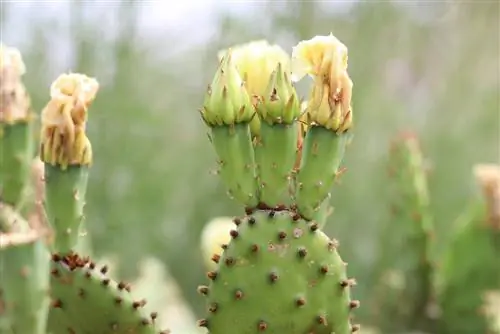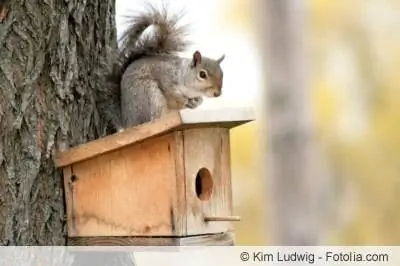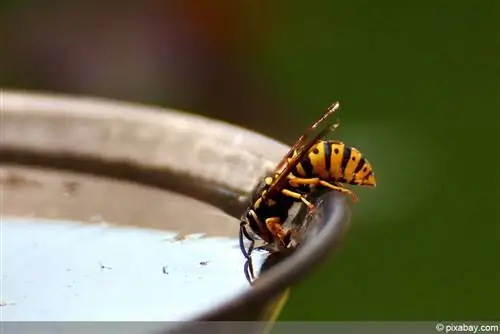- Author admin [email protected].
- Public 2023-12-17 03:39.
- Last modified 2025-06-01 06:48.
Soil steaming is an intelligent measure that is primarily used in agriculture and large-scale commercial cultivation. The method is now being used more and more because the result ensures the best conditions for garden plants. All hobby gardeners need is professional instructions on how to build an earth damper themselves and how to steam properly.
Earth steaming - definition
Soil steaming is the thermal treatment of soil, substrate and compost. Here, vapors at high temperatures are used using an earth steamer.
Different temperatures
- Virus control: 70 to 90 degrees Celsius
- Stubborn viruses such as tobacco and tomato mosaic virus: at least 100 degrees Celsius
- Fungicide: around 70 degrees Celsius
- Insect and nematode control: around 55 degrees Celsius
- Pests and weed seeds: about 70 degrees Celsius
Tip:
Fusarium mushrooms are considered to be more heat-resistant compared to other types of mushrooms. Temperatures around 80 degrees Celsius are ideal if you want to combat the majority of common pathogens and pests at once - unless they are stubborn viruses.
Reasons for earth steaming
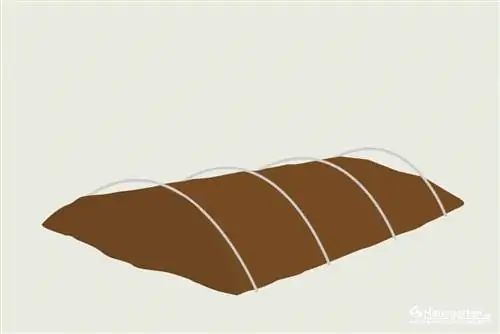
Soil and compost usually provide an ideal breeding ground for countless pathogens such as fungi and bacteria as well as pests such as beetles and root-eating larvae. If they end up in the compost with the soil or garden waste, they spread quickly and, in the worst case, infect the entire garden. This happens more quickly when infected or pest-infested compost goes directly to the plants for fertilization. Weed seeds are also often found in the soil, a substrate or compost. Steaming makes the seeds unable to germinate. Further advantages are achieved by steaming:
- Elimination of soil fatigue because chemical-biological conversion processes are activated
- Release of nutrients that are blocked and become available to plants due to the moist heat
- No use of chemical substances and therefore environmentally friendly and he althy
- After cooling, immediately ready for use for soil cultivation or compost fertilization
Hot rot doesn't always work
Some hobby gardeners believe that the so-called hot rotting process during the composting process kills pathogens and pests. Theoretically this is true, but in contrast to a professional composting system, a privately created, small compost often does not come close to temperatures of up to 80 degrees Celsius. For this reason, soil steaming is the solution to sterilize compost/soil using steam. It should be noted that heat alone is not enough, but only in combination with moisture provides promising results.
Build your own earth damper - heap damping
Heap steaming is the ideal method for thermally treating compost and substrates such as peat. Heap dampening works up to a compost height of around 70 centimeters. If the compost is higher, it should be divided.
Time expenditure

The preparation takes around 20 minutes depending on the size of the compost. It also takes a few minutes for the water to boil. The steaming should be carried out for around 1.5 hours.
Materials needed
- Insulating film is best with air cushions for better insulation/airtightness (1 meter x 1.50 meters around six euros)
- Flexible fiberglass rods over which the film is stretched (2 rods per meter - 1.50 meters long - about six euros)
- Blocks or gravel to finish the floor (concrete gravel per cubic meter around 30 euros)
- Heat-resistant hose (made of silicone, 1 meter long, available online from around 5 euros)
- One or more kettles (depending on the volume of the steam room) (approx. 20 euros)
- Grill or other fire pit for heating
- Temperature meter

Construction instructions
- Position the temperature gauge on the compost (must be readable from the outside later)
- Place the poles in the soil along the compost at a distance of 80 centimeters from each other
- Bend the other end of the poles over the compost and stick it into the ground on the opposite side
- Stretch the film over the poles
- Carefully weigh down any excess film on the floor with gravel or blocks so that as little air as possible escapes
- Don't forget the front and back when covering the foil
- Dig/dig out a small earth tunnel for the hose inlet
- Insert the hose and surround it “airtight” with fleece/blocks
- Light the fire pit/grill
- Put the other end of the hose into the pouring opening of the kettle
- Place the kettle on the fire pit/grill
- Bring to a boil
- Maximum steam time starts as soon as the thermostat shows the desired temperature
- Check the water level regularly and refill water
- After steaming, open the foil so that collected air moisture can escape
NOTE:
If the steaming time lasts longer than 1.5 hours, the risk of condensation forming in the lower compost and soil layers increases. This can lead to mold formation and a reduction in the quality of compost/soil.
Best time to steam
The ideal time for steaming is when the compost is not soaked by rain. Then the hot steam can penetrate better into the individual layers without cool moisture cooling them down again. Hot summer days are ideal for sterilizing soil/compost.
Ready to use
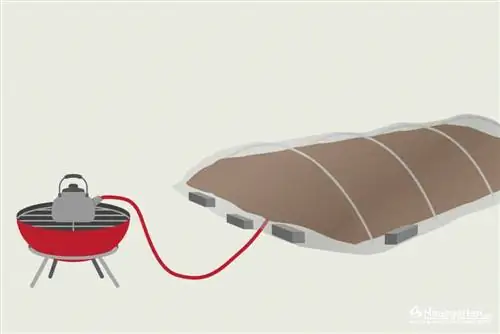
The compost/soil should be used quickly after sterilization because the nutrient release is highest here and therefore has the best effectiveness of positive properties. However, steamed soil/compost should be allowed to cool before being handled and/or used. This can take some time because the heat inside usually stays for a long time. Especially in summer, the process can take one to three days.
Young plants
Due to the rapid, high release of nutrients, immediate administration of steamed soil/compost is not suitable for young plants. This would lead to an oversupply, which young plants would not tolerate and, in the worst case, would die. With a generous portion of sand or the incorporation of coconut fibers, the soil/compost can be significantly neutralized and made usable for young plants.



